Assume an electromagnetic pulse, or EMP, was to hit. Would you be able to provide food for your loved ones? Do you know how to take one seed and turn it into hundreds to ensure a food supply for years to come? Harvesting seeds and starting seeds indoors isn’t just a good survival tactic. It also lowers the risk of your crops getting diseases from outside plants. It allows you the freedom to select the vegetable, variety, and individual plant that responds best to your soil, too.
Why Plant Indoors
The time to plant seeds indoors is NOW. Certain seeds should be planted inside during the month of March instead of directly sown outdoors come May. Seeds popped into nutrient-enriched soil germinate and become sprouts. Sprouts develop roots vital for sucking up nutrients from the soil and growing into seedlings. Early indoor sowing protects the stages of development from outdoor elements, leading to a healthy little plant more likely to thrive once placed outside. This step also helps plants mature sooner by providing a head start in producing vegetables. Some seeds to plant indoors include broccoli, Brussels sprouts, cabbage, cauliflower, cucumbers, eggplant, gourds, peppers, pumpkin, squash, tomatoes, and watermelon.
To Collect or Purchase
If you did not collect seeds from your last garden harvest, you’ll have to buy them. (We’ll cover how to collect seeds in-depth this summer and fall.) When buying seeds, make sure to understand the different types available:

GMO seeds are genetically modified. These seeds are altered in a lab to enhance the seed’s tolerance for things like frost, weed resistance, disease, insects, and pesticides. These seeds often cannot be collected from fruiting plants. They’ve been designed this way to ensure they’re purchased every year.
Hybrid seeds mean two of the same plant species have been combined to produce the desired result. A hot pepper plant and a sweet pepper plant are genetically combined to produce hot but sweet tasting peppers. If planning to collect the hybrid seeds, know the stability of the flavor may revert back to one or the other of the “parent” plants. They might produce either a hot pepper, sweet pepper, or a mixture of the two. There is no guarantee of the original hybrid result in successive plantings.
Organic seeds stem from crops grown organically, or without the use of pesticides and chemical fertilizers. This means pests, diseases, and other nature-born elements may pose a challenge to their survival. This also means fewer questionable materials reside in the seed and therefore in the fruit produced. A healthy organic plant can produce generations of other healthy plants through seed collecting, so they make a good candidate if that’s your goal.
Heirloom seeds refer to heritage. The life cycle of the heirloom seed results from open-pollination passing traits from the parent plant to the child. These seeds may be organic or nonorganic based upon whether pesticides or chemicals have been used on the parent plant that produced the seed. These seeds prove most successful when collecting seeds for the next year’s crop.
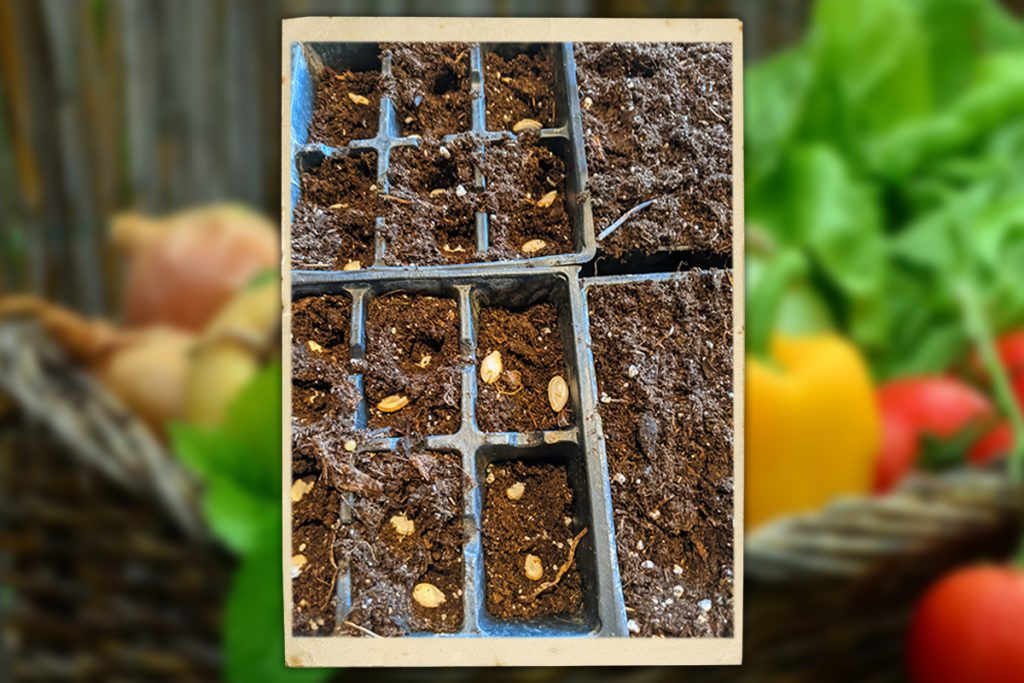
Packets are sold based upon the number of seeds or weight. Weight increments are kilograms, grams, ounces, or pounds. When sold by weight, the number of seeds per pack vary due to the size of the different varieties or cultivars. Determining how many packets to purchase depends upon the size of your garden, but don’t overstress. You can purchase two to three packets — extras won’t go to waste since seed life averages 2 to 5 years, or search online for estimations of the number of seeds per unit of weight.
Starting Seeds Indoors
The planting process is always the same, but the materials you gather depends upon how much you wish to spend. Here’s what you’ll need:
- Small planting containers like starter trays, plastic nursery pots, peat pots, or biodegradable pods are the easiest to use. If using disposable cups, make sure to poke holes in the bottom to prevent overwatering.
- Seed trays are used to place potted containers into and rotate allowing for even sunlight distribution.
- Potting mix intended for indoor vegetable use. There are many types on the market, but this veteran gardener’s experience has proven highly successful using Miracle-Gro Potting Mix. Do not use soil straight from your backyard as it will lack many vital nutrients needed for early plant development.
- Plant labels or anything to identify the seeds planted.
- Fertilizer is optional. Read the directions prior to purchasing and using. Miracle-Gro Water Soluble All Purpose Plant Food is recommended.
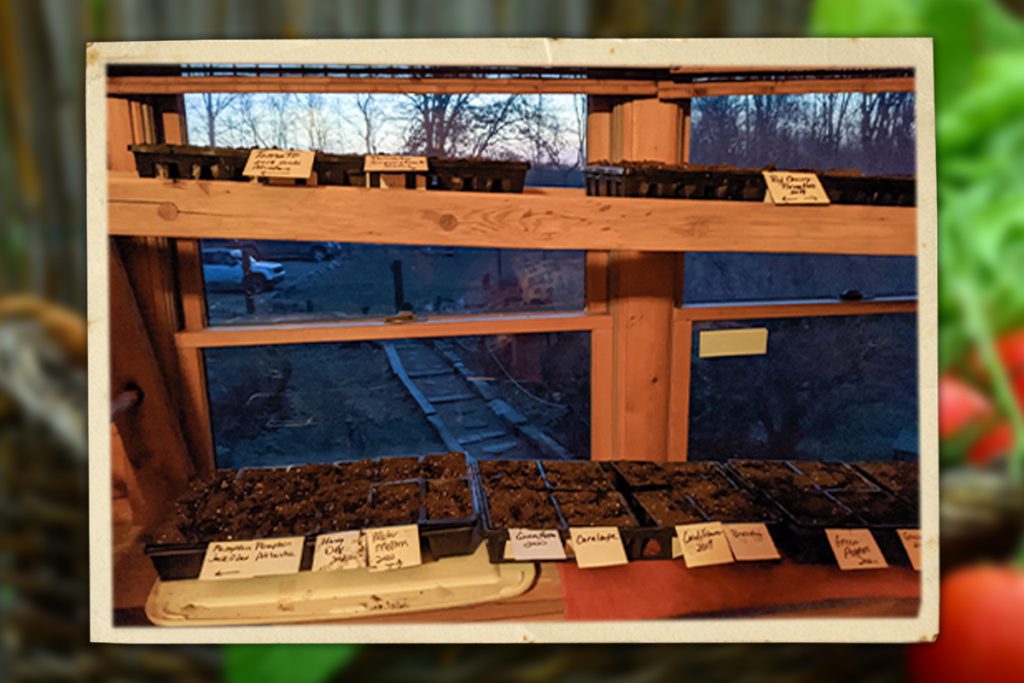
Indoor Sowing Directions
- Pick your spot to plant wisely, as a mess is sure to follow. Putting newspapers down always helps.
- Fill the containers about halfway with soil.
- Pick ONE packet of seeds. Place two seeds evenly spread out in each container. Not all seeds will survive. If both seeds survive, transplanting to another container is simple.
- Fill the container to the top with soil. Do not mound the soil or the water will roll-off.
- Place the containers into a seed tray and label them.
- Place the trays near a window that receives the most morning sunlight.
- Pour water or water mixed with fertilizer on the soil of each container making it moist but not saturated. Continue this step throughout the growing process by testing the soil every other day. If dry or slightly moist, water them. Keeping them moist is key, but overwatering will impede their growth.
- Once the seedlings begin to pop through the soil, rotate the position of the trays on the shelves. This should be done once or twice a week until time to plant outdoors.
- If more than two seedlings emerge from the soil, weed out the weakest one by pulling them gently out of the soil. If you have containers with no seedling, transfer them into that container. The goal is to eventually have one seedling in each container, but waiting until they have a chance to grow bigger allows the best one to remain and others to be transplanted or discarded.
- The vegetable plants will stay in these containers until it is time to plant them outdoors.
Read Next: Survival Garden 101: Why You Need to Plan Before Planting



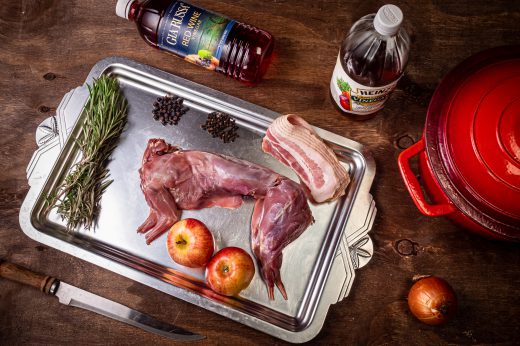
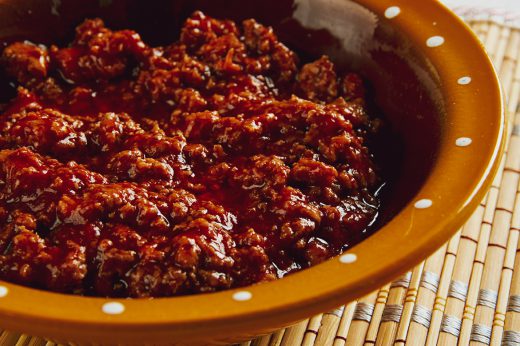
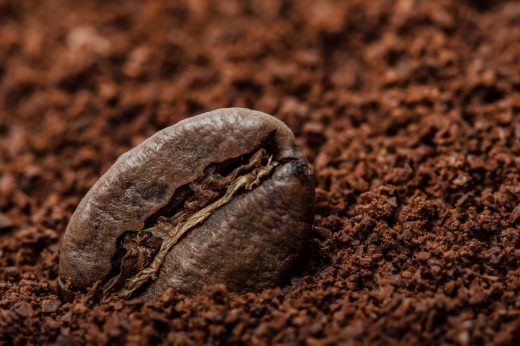


Comments